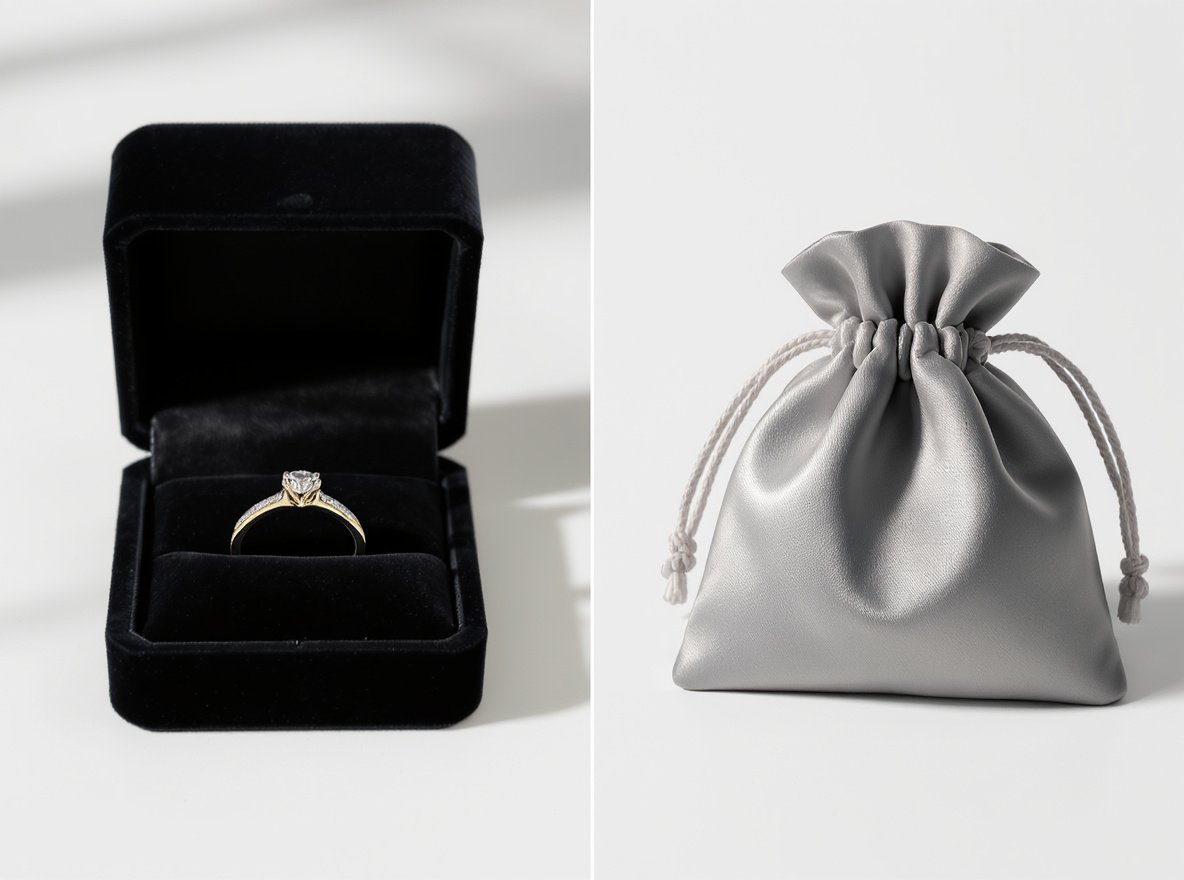Selecting the right packaging supplier can make or break your business success. With countless options available, especially from China’s robust manufacturing sector, asking the right questions upfront prevents costly mistakes and ensures long-term partnerships that drive growth.
The most critical questions to ask a Chinese packaging supplier focus on quality control systems, production capabilities, certifications, pricing transparency, and communication processes. These inquiries help you evaluate whether a supplier can meet your specific requirements while maintaining consistent quality standards.
These questions will help you identify reliable partners who can scale with your business needs and deliver exceptional packaging solutions.
Table of Contents
ToggleWhat Are Your Quality Control Standards and Certifications?
Understanding a supplier’s commitment to quality should be your first priority. Quality control directly impacts your brand reputation and customer satisfaction across all international markets.
Quality control standards vary significantly among Chinese packaging suppliers. Look for ISO 9001:2015 certification (the highest international standard for process quality management), ISO 14001 for environmental management, and industry-specific certifications like BRCGS Packaging Materials Global Standard and SQF Code for food packaging.
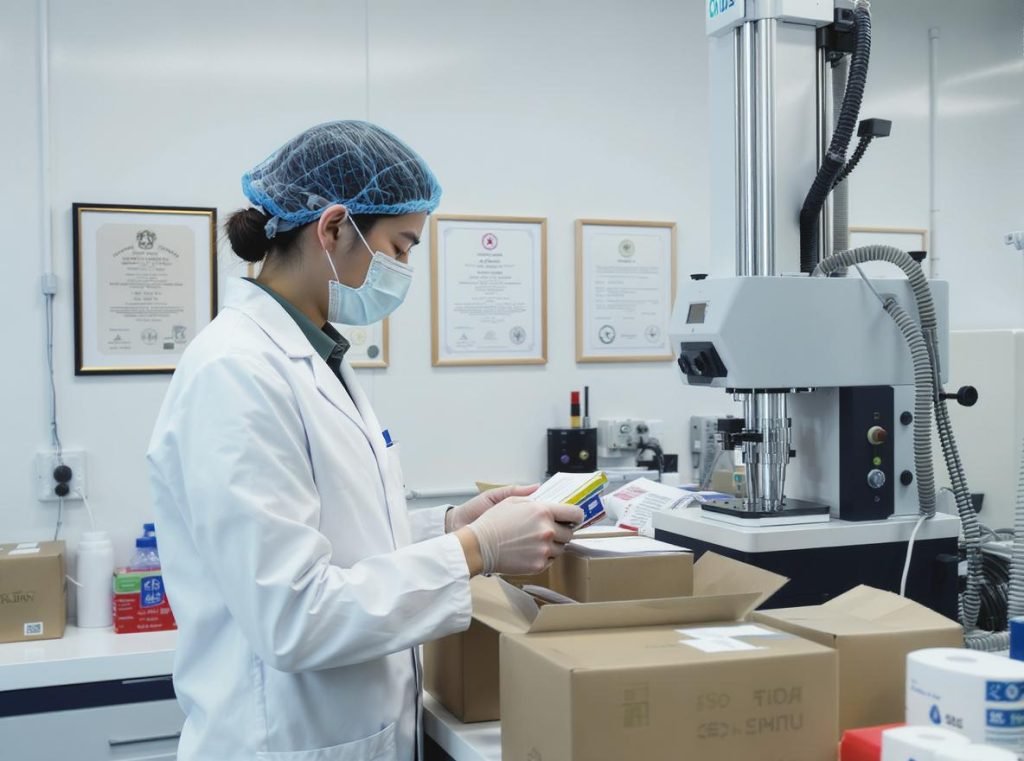
The most essential certifications to verify include ISO 9001:2015 as the gold standard for process quality management. ISO 14001 demonstrates environmental management system capabilities, while ISO 15378 specifically applies to primary packaging materials for medicinal products.
Request detailed information about their quality control processes:
- Daily production inspections and testing procedures for raw materials
- Finished product quality verification systems
- Batch consistency monitoring and documentation
- Third-party audit reports and current certificates
- Corrective action procedures for quality issues
For food packaging suppliers, the Safe Quality Food (SQF) Code certification is critical for meeting international food safety standards. The BRCGS Packaging Materials Global Standard is widely recognized by brand owners and retailers worldwide.
| Certification Type | Application | Industry Importance |
|---|---|---|
| ISO 9001:2015 | Process quality management | Essential for all packaging |
| ISO 14001 | Environmental management | Growing regulatory requirement |
| ISO 15378 | Medical packaging materials | Mandatory for pharmaceutical |
| BRCGS Standard | Brand owner requirements | Critical for retail partnerships |
| SQF Code | Food safety management | Required for food packaging |
Quality management systems should include comprehensive testing procedures for both raw materials and finished products. Ask about their defect tracking systems and how they ensure consistent quality across production batches.
At Acreet, we maintain ISO 9001:2015 certification and comprehensive quality control systems that exceed international standards. Our rigorous testing procedures ensure every custom packaging solution meets your exact specifications. Contact us to review our certifications and discuss your quality requirements.
What Is Your Production Capacity and Lead Times?
Production capacity determines whether a supplier can handle your current volume and future growth. Understanding realistic timelines prevents inventory shortages and missed market opportunities.
Standard packaging lead times typically range from 2-6 weeks for most products, while custom packaging may require 4-6 weeks from artwork approval. Flexible packaging often requires 6-15 weeks due to complex printing processes and setup requirements.
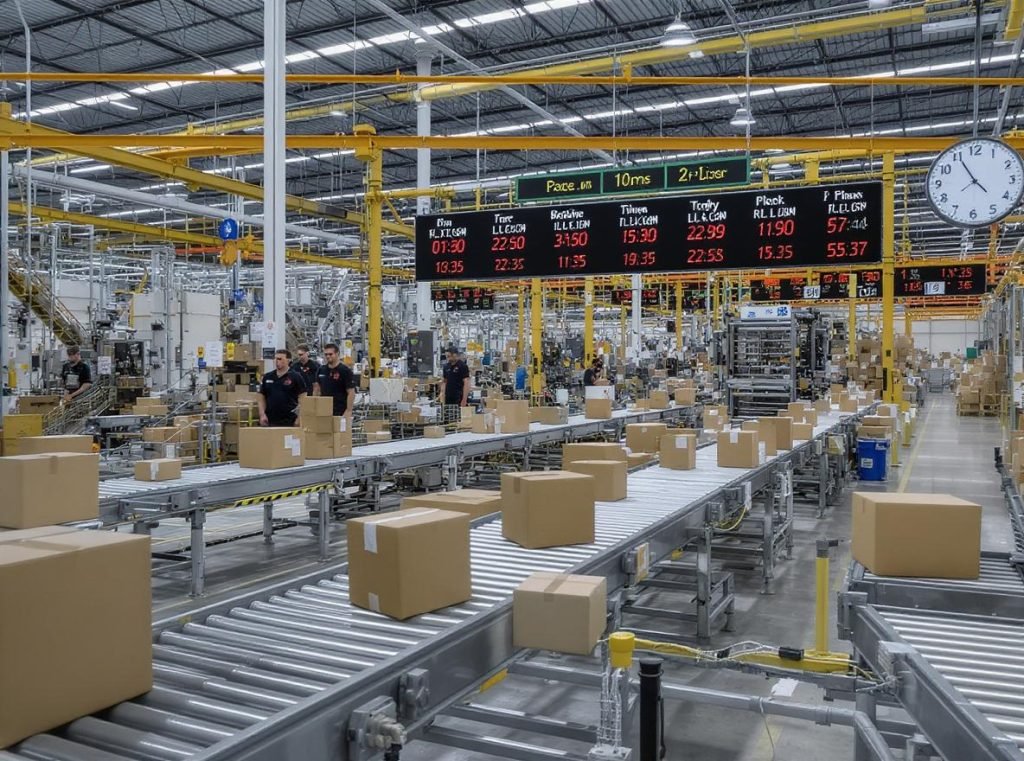
Lead times vary significantly based on product complexity and customization level. Standard packaging products with established tooling ship faster than completely custom designs requiring new setup.
Essential capacity questions include:
- Current daily and monthly production volumes for your product category
- Typical lead times for standard versus custom packaging
- Rush order capabilities and associated costs
- Backup plans for supply chain disruptions or equipment failures
- Peak season capacity and scheduling availability
Flexible packaging requires longer lead times due to complex printing plate preparation and multi-stage production processes. Understanding these timelines helps you plan inventory cycles and product launches effectively.
Consider seasonal fluctuations in your industry. Holiday packaging, promotional campaigns, and seasonal products require suppliers who can handle volume surges without compromising delivery schedules.
| Product Type | Standard Lead Time | Custom Lead Time | Rush Order Capability |
|---|---|---|---|
| Standard Boxes | 2-3 weeks | 4-5 weeks | 1-2 weeks (premium) |
| Flexible Packaging | 4-6 weeks | 6-15 weeks | 3-4 weeks (limited) |
| Custom Designs | 3-4 weeks | 4-6 weeks | 2-3 weeks (premium) |
Production scheduling transparency indicates professional management. Suppliers should provide realistic timelines and communicate potential delays proactively with contingency planning.
How Do You Handle Custom Design and Prototyping?
Custom packaging differentiates your brand and creates memorable customer experiences. China’s packaging suppliers often provide comprehensive one-stop custom solutions including design, prototyping, and production.
Many Chinese suppliers offer in-house design teams for faster turnaround and better communication. Prototype costs typically range from $100-660 depending on complexity, with most suppliers providing comprehensive design services from concept to production.
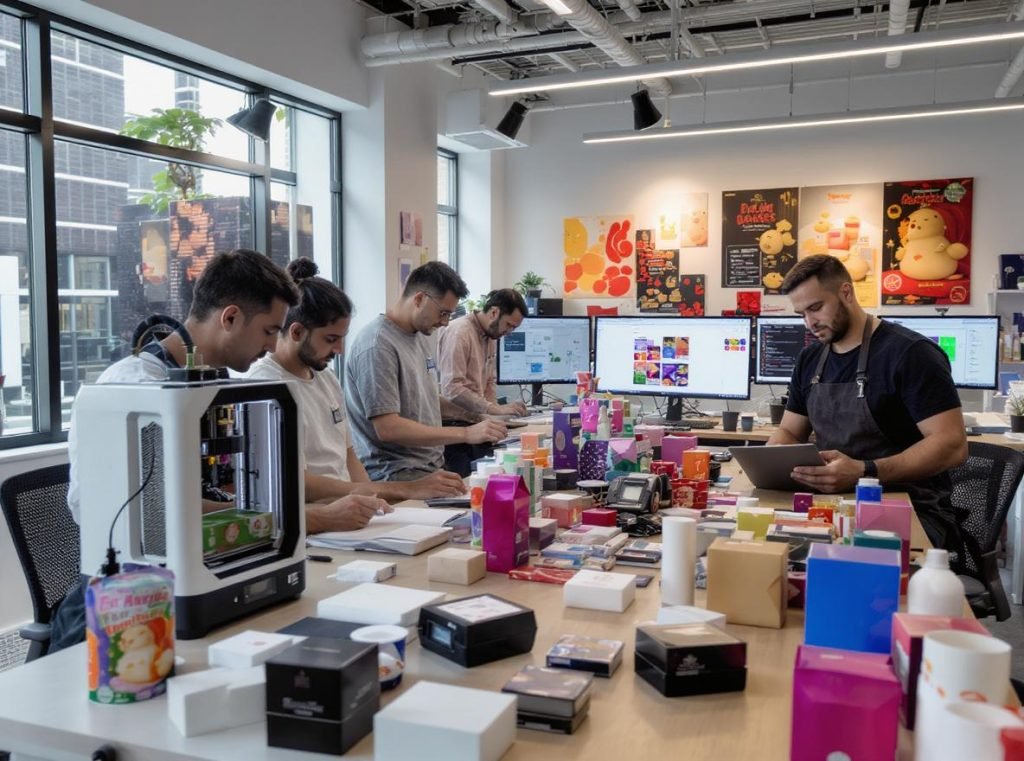
Design capabilities vary dramatically among suppliers. Some provide basic structural design while others offer complete branding and marketing support with experienced creative teams.
Key design-related questions:
- In-house design team qualifications and portfolio examples
- Accepted file formats for artwork and technical specifications
- Prototyping methods, materials, and realistic turnaround times
- Number of design revisions included in standard pricing
- Intellectual property protection measures and confidentiality agreements
Prototyping reveals potential issues before mass production. Physical prototypes provide tactile feedback and accurate representation of final products, while digital mockups help visualize concepts quickly.
The revision process should be clearly defined. Most suppliers include 2-3 revision rounds in their standard pricing, with additional changes billed separately. Well-defined projects typically require fewer revisions.
One-stop custom packaging solutions streamline the entire process from initial concept through final production. This approach reduces coordination complexity and improves timeline management.
- Design Services: Structural design, graphic design, technical drawings
- Prototyping Options: 3D printing, sample production, material testing
- File Formats: AI, PDF, CDR, and other industry-standard formats
Design collaboration requires effective communication and cultural understanding. Suppliers should demonstrate comprehension of your brand guidelines, target market preferences, and functional requirements.
At Acreet, our experienced in-house design team collaborates closely with clients to create packaging that reflects brand identity while meeting functional requirements. We provide detailed prototypes and protect all client intellectual property through comprehensive NDAs. Contact us to discuss your custom packaging vision and see our design portfolio.
What Are Your Pricing Structures and Payment Terms?
Transparent pricing and favorable payment terms improve cash flow and reduce financial risk. Understanding complete cost structures enables accurate budgeting and profitability analysis.
Minimum Order Quantities (MOQs) significantly impact pricing, with standard packaging typically requiring 1,000-5,000 units, while flexible packaging may require 10,000-100,000 units due to printing plate costs. Payment terms commonly range from 30-60 days in the industry.

Pricing structures vary based on order volume, customization complexity, and supplier capabilities. Volume discounts reward larger orders and long-term partnerships, with significant savings available for high-volume commitments.
Critical pricing questions:
- Minimum order quantities for different product categories
- Volume discount tiers and pricing breaks
- Additional costs for tooling, setup, and customization
- Standard payment terms and early payment discounts
- Currency fluctuation policies and price stability
MOQs differ significantly by product type. Standard packaging products have lower MOQs due to established tooling and processes. Custom orders require higher MOQs to justify setup costs and tooling investments.
Payment terms affect cash flow management. Common industry terms include 30% deposit with 70% balance due before shipment, or traditional 30-60 day payment terms for established relationships.
| Product Category | Typical MOQ | Volume Discount Threshold | Payment Terms |
|---|---|---|---|
| Standard Boxes | 1,000-5,000 units | 10,000+ units | 30-60 days |
| Flexible Packaging | 10,000-100,000 units | 50,000+ units | 30% deposit + balance |
| Custom Designs | 3,000-10,000 units | 25,000+ units | 50% deposit + balance |
Early payment discounts typically range from 2-5% for payments within 10-15 days. These discounts can significantly impact total costs for cash-rich businesses.
What Is Your Export Experience and International Shipping Capabilities?
China’s role as a global exporter provides established suppliers with extensive international experience. However, export capabilities vary significantly among manufacturers.
Most established Chinese packaging suppliers have extensive export experience and hold proper export licenses. They typically offer multiple shipping methods including air freight, sea freight, and express courier services, with many providing freight forwarding services.

Export licensing and documentation accuracy prevent customs delays and additional costs. Experienced suppliers handle commercial invoices, packing lists, certificates of origin, and other required documents professionally.
Essential shipping questions:
- Years of export experience and target market familiarity
- Export license status and customs compliance procedures
- Available shipping methods and preferred freight forwarders
- Documentation handling and customs clearance support
- Insurance options and damage claim procedures
Different markets have specific requirements. FDA registration for US food packaging, CE marking for European markets, and various country-specific certifications ensure regulatory compliance.
Shipping method selection impacts cost, speed, and risk management. Sea freight offers cost-effective solutions for large volumes, while air freight provides faster delivery for urgent orders.
WeChat has become the preferred communication platform for many Chinese suppliers, facilitating real-time communication and file sharing. However, suppliers should also maintain professional email and phone communication channels.
- Sea Freight: 15-35 days transit, cost-effective for large volumes
- Air Freight: 3-7 days transit, higher costs, suitable for urgent orders
- Express Courier: 2-5 days door-to-door, premium pricing, full tracking
Time zone differences between China and international markets require flexible communication schedules. Professional suppliers accommodate client business hours for urgent discussions.
At Acreet, our extensive export experience spans over 50 countries with comprehensive understanding of international regulations and shipping requirements. We handle all documentation, work with trusted freight forwarders, and maintain certifications for major global markets. Contact us to discuss your shipping preferences and international delivery requirements.
How Do You Ensure Consistent Communication and Support?
Effective communication prevents misunderstandings, resolves issues quickly, and builds strong partnerships. Language barriers and cultural differences create additional challenges for international suppliers.
Language barriers are common challenges requiring mitigation strategies. Many Chinese suppliers use WeChat as their preferred communication platform, while professional operations maintain multilingual support teams and structured communication protocols.

Communication capabilities directly impact project success and customer satisfaction. Suppliers should demonstrate English proficiency, professional responsiveness, and cultural sensitivity.
Communication evaluation criteria:
- English proficiency of key contact personnel and account managers
- Response times for emails, calls, and urgent inquiries
- Available communication channels and preferred platforms
- Customer service team structure and escalation procedures
- Time zone accommodation and flexible scheduling
Technology facilitates modern international communication. Professional suppliers utilize project management software, order tracking systems, and video conferencing capabilities for seamless collaboration.
Regular production updates prevent anxiety and enable proactive problem-solving. Establish update schedules, milestone reporting, and preferred communication methods during initial discussions.
Cultural differences can impact communication styles and business practices. Chinese business culture emphasizes relationship-building and face-saving, which may affect direct feedback and problem reporting approaches.
| Communication Aspect | Professional Standard | Best Practice |
|---|---|---|
| Initial Response | Within 24 hours | Immediate acknowledgment |
| Project Updates | Weekly during production | Milestone-based reporting |
| Issue Resolution | Same day for urgent matters | Escalation procedures |
| Account Management | Dedicated contact person | Bilingual support team |
Document important discussions and decisions through email confirmations. Written records prevent misunderstandings and provide reference material for future orders and relationship management.
What Are Your Minimum Order Quantities and Flexibility?
Minimum order quantities impact inventory investment, cash flow, and business scalability. Understanding MOQ policies and flexibility options helps match supplier capabilities with business requirements.
Standard packaging MOQs typically range from 1,000-5,000 units, while flexible packaging may require 10,000-100,000 units due to printing plate costs. Custom orders generally have higher MOQs to justify setup costs and tooling investments.

MOQ policies balance production efficiency with customer needs. Setup costs, material sourcing, and operational efficiency determine minimum viable order quantities for different product categories.
MOQ-related questions:
- Standard MOQs for different product categories and customization levels
- Negotiation possibilities for initial orders and new client relationships
- Mixed order options combining multiple designs in single shipments
- Graduated MOQ reductions based on order history and volume commitments
- Storage services for larger orders and inventory management
Flexible packaging requires higher MOQs due to printing plate preparation costs and complex setup procedures. Understanding these requirements helps plan inventory strategies and product launch timelines.
New business relationships often benefit from flexible MOQ programs. Some suppliers offer reduced initial MOQs with graduated increases or mixed product orders to support business growth.
Consider total investment rather than just unit costs. Lower MOQs with higher unit prices may provide better cash flow management than large orders with volume discounts.
- Standard Products: 1,000-5,000 units, established tooling
- Flexible Packaging: 10,000-100,000 units, printing plate costs
- Custom Designs: 3,000-10,000 units, setup and tooling requirements
Inventory turnover rates influence optimal order quantities. Fast-moving products support larger orders while seasonal items require careful quantity planning.
At Acreet, we understand that growing businesses need flexible MOQ options. Our graduated programs help companies access professional packaging without excessive inventory investment. We offer mixed order capabilities and storage services to support your business growth. Contact us to discuss MOQ options that fit your current needs and future expansion plans.
What Sustainability and Environmental Practices Do You Follow?
Environmental responsibility increasingly influences purchasing decisions and regulatory compliance. China is focusing more on sustainable packaging solutions and environmental management.
China is increasingly focused on sustainable packaging with biodegradable materials becoming more common, recycling programs being implemented across the industry, and green certifications available for environmentally conscious suppliers.
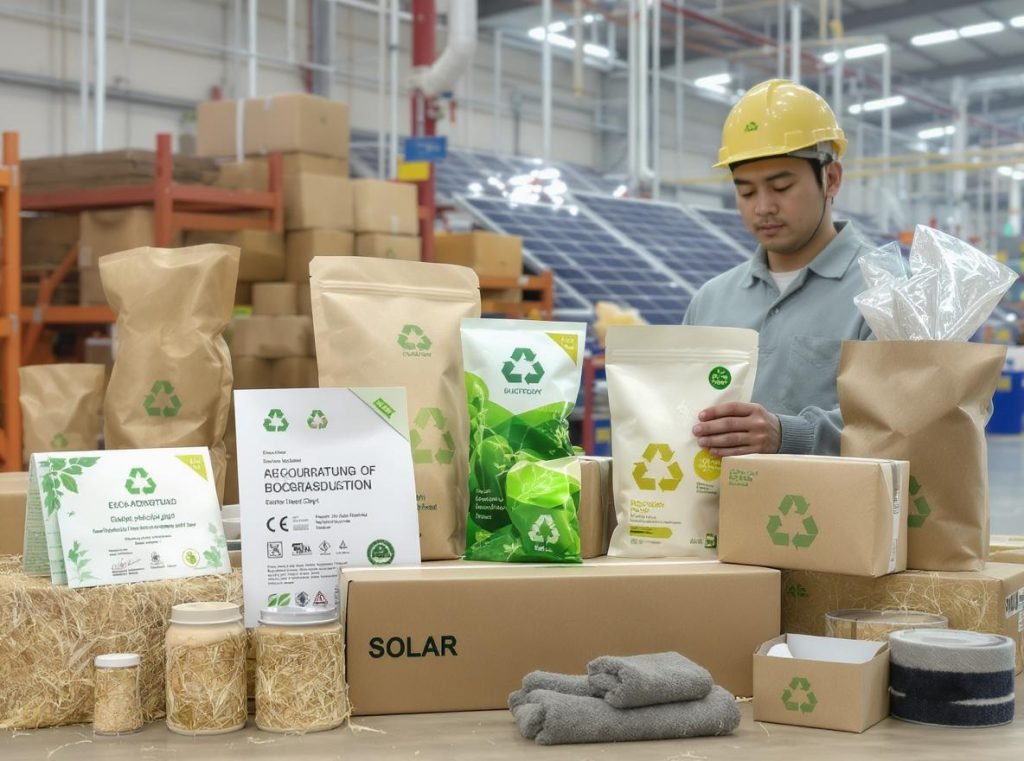
Sustainable packaging solutions attract environmentally conscious consumers and meet evolving regulatory requirements. Progressive suppliers invest in clean technology and sustainable materials to remain competitive.
Sustainability evaluation areas:
- Renewable and recyclable material options and availability
- Manufacturing process environmental impact and energy efficiency
- Waste reduction programs and recycling initiatives
- Environmental certifications and compliance documentation
- Carbon footprint reduction initiatives and measurement
Material choices significantly impact environmental footprint. Suppliers should offer recycled content options, biodegradable materials, and renewable resource alternatives with performance documentation.
Environmental certifications indicate serious sustainability commitment. Look for suppliers with documented environmental management systems and third-party verified practices.
Consumer awareness drives demand for sustainable packaging solutions. Suppliers should understand market trends and offer innovative eco-friendly options that meet performance requirements.
| Sustainability Aspect | Available Options | Relevant Certifications |
|---|---|---|
| Materials | Recycled content, biodegradable, renewable | FSC, PEFC, Cradle to Cradle |
| Manufacturing | Energy efficiency, waste reduction | ISO 14001, Clean Production |
| End-of-Life | Recyclable, compostable, reusable | Various recycling standards |
Recycling programs and waste reduction strategies demonstrate environmental commitment. Suppliers should provide documentation of their environmental initiatives and continuous improvement efforts.
What References and Case Studies Can You Provide?
References and case studies demonstrate supplier capabilities, reliability, and success with similar projects. Third-party validation reduces selection risk and provides performance insights.
Multiple references should be provided from similar industries, with recent clients offering insights into current performance. Long-term relationships indicate supplier reliability and customer satisfaction.
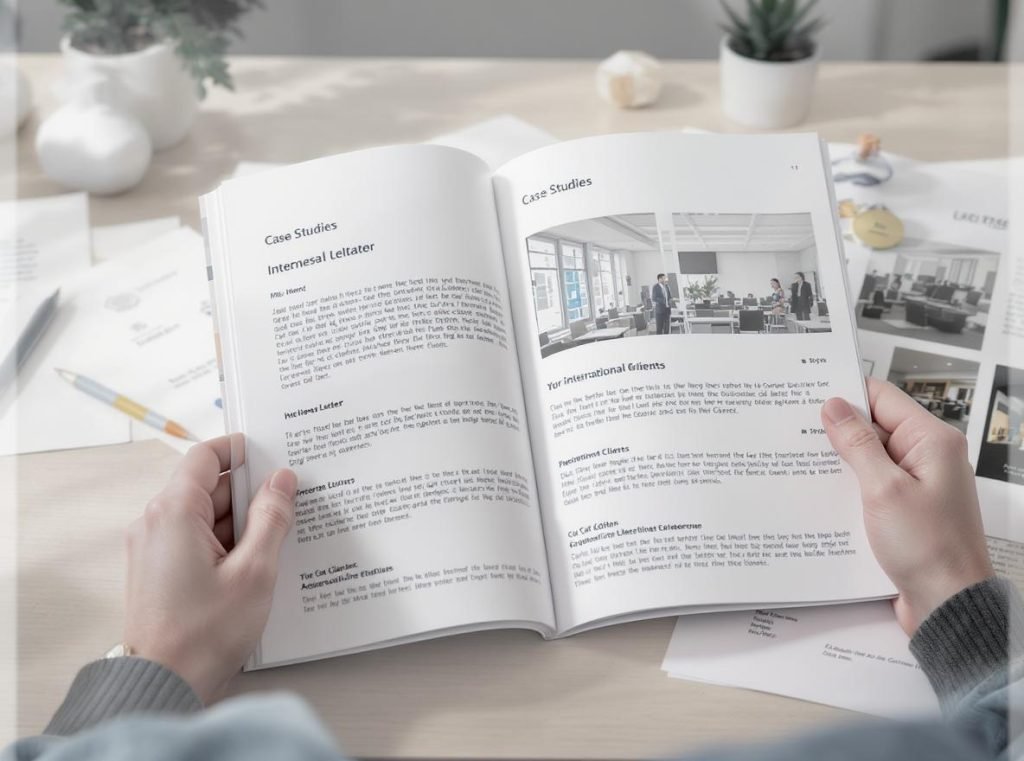
Reputable suppliers welcome reference requests and provide detailed case studies. Reluctance to share references may indicate performance issues or limited relevant experience.
Reference evaluation criteria:
- Client companies in similar industries with comparable requirements
- Recent project examples and current client relationships
- Performance metrics including quality, delivery, and service satisfaction
- Long-term partnership duration and retention rates
- Problem resolution examples and customer service capabilities
Contact references directly to discuss their experiences with specific focus on quality consistency, delivery reliability, communication effectiveness, and problem resolution.
Case studies provide detailed project information including challenges faced, solutions implemented, and measurable results achieved. Look for projects similar to your requirements and note innovative approaches.
Consider both successful projects and how suppliers handled difficulties. Problem resolution capabilities and crisis management often distinguish excellent suppliers from average performers.
| Reference Type | Information Provided | Validation Method |
|---|---|---|
| Industry Clients | Similar product categories, market segments | Direct contact discussion |
| Recent Projects | Current performance, service quality | Detailed case study review |
| Long-term Partners | Reliability, consistency, relationship management | Partnership duration analysis |
Client retention rates indicate supplier reliability and customer satisfaction. Multiple short-term relationships may suggest performance or service issues requiring investigation.
At Acreet, we maintain long-standing client relationships spanning multiple years and successful project portfolios across diverse industries. We provide relevant references and detailed case studies for projects similar to your requirements. Contact us to connect with satisfied clients and review our success stories in your industry.
How Do You Protect Intellectual Property?
Intellectual property protection is crucial when sharing proprietary designs and confidential information with Chinese suppliers. Understanding protection measures prevents costly IP theft and unauthorized use.
IP protection requires mandatory NDA/NNN agreements, with IP registration in China recommended before sharing designs. Customs recordation provides additional protection, and suppliers should guarantee exclusive use of client designs and tooling.

IP protection measures should be implemented before sharing any proprietary information. Non-disclosure agreements (NDAs) or Non-disclosure, Non-use, and Non-circumvention (NNN) agreements provide legal protection.
Essential IP protection questions:
- Willingness to sign comprehensive non-disclosure agreements
- Measures taken to protect client intellectual property
- Guarantees against unauthorized use of designs and concepts
- Policies regarding work with industry competitors
- Exclusive use guarantees for custom designs and tooling
IP registration in China before sharing designs provides stronger legal protection. Chinese IP law follows “first to file” principles, making early registration crucial for protection.
Customs recordation with Chinese customs authorities provides additional enforcement capabilities against unauthorized exports of products using protected IP.
Exclusive use guarantees ensure your custom designs and tooling remain proprietary. Suppliers should commit to not using your designs for other clients or unauthorized purposes.
- Legal Protection: NDAs, NNN agreements, IP registration
- Operational Measures: Secure file handling, limited access, confidentiality training
- Enforcement: Customs recordation, legal remedies, monitoring systems
Working with competitors creates potential IP conflicts. Suppliers should disclose existing relationships and implement appropriate separation measures to protect confidential information.
At Acreet, we prioritize intellectual property protection through comprehensive NDAs, secure file handling systems, and exclusive use guarantees for all client designs. We maintain strict confidentiality protocols and welcome IP registration discussions. Contact us to review our IP protection measures and discuss your confidentiality requirements.
Summary
Selecting the right Chinese packaging supplier requires thorough evaluation across quality standards, production capabilities, design support, pricing transparency, export experience, communication effectiveness, MOQ flexibility, sustainability practices, reference verification, and IP protection. These systematic inquiries help identify suppliers who can become true partners in your business success while protecting your interests and ensuring consistent performance.
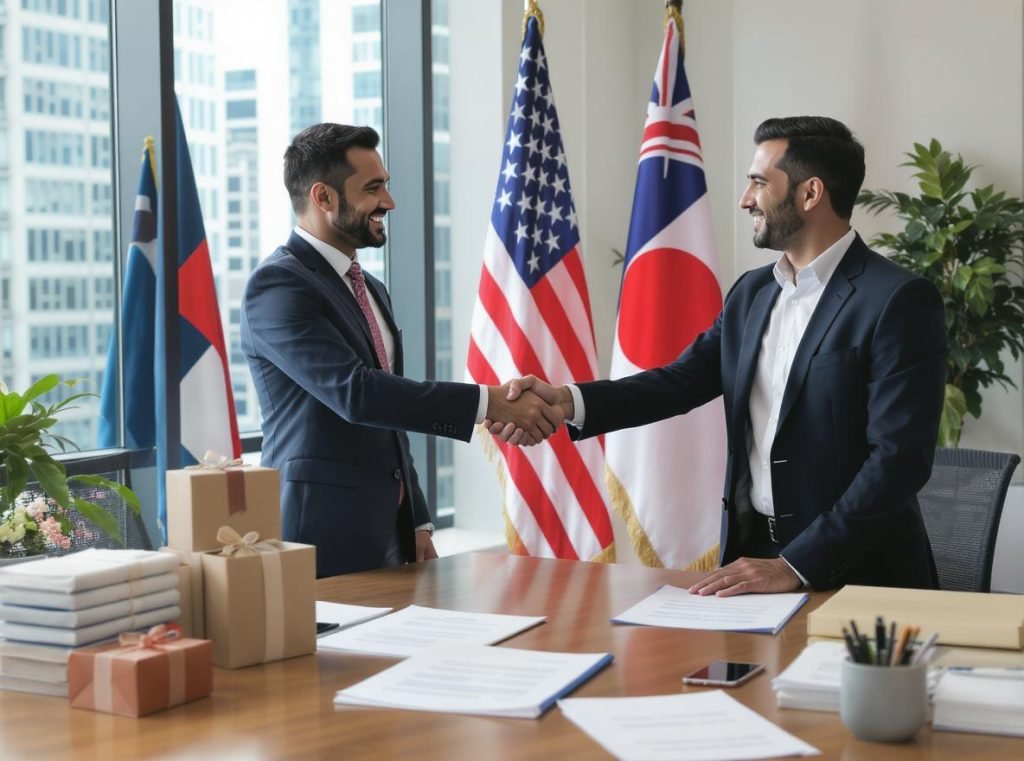
Ready to find your ideal packaging partner? Contact Acreet today for a comprehensive consultation about your custom packaging needs. Our experienced team is ready to answer all your questions and demonstrate why we’re the trusted choice for businesses worldwide seeking reliable, high-quality packaging solutions.


